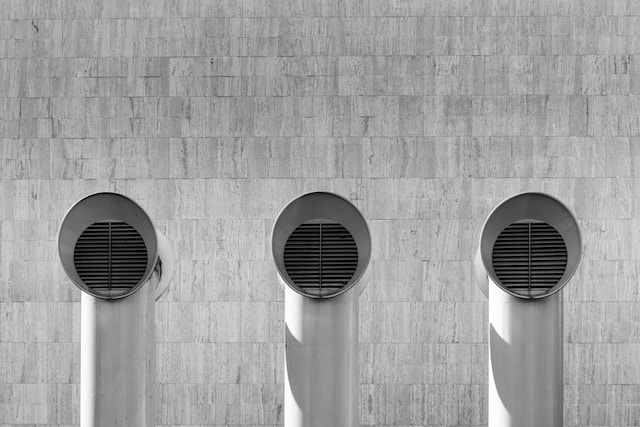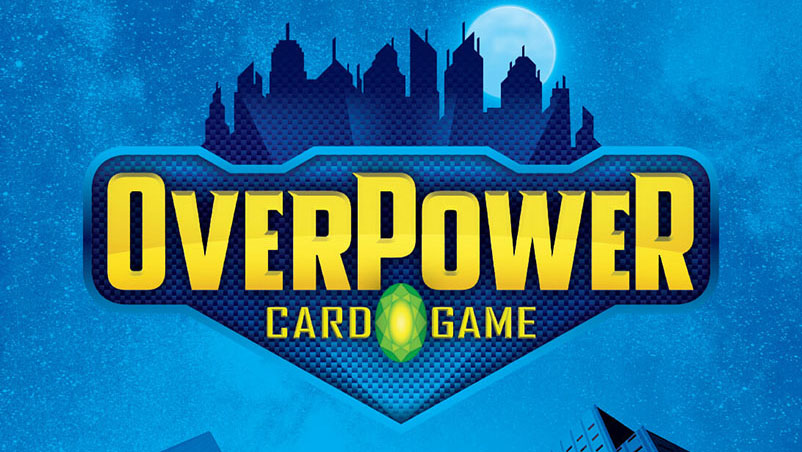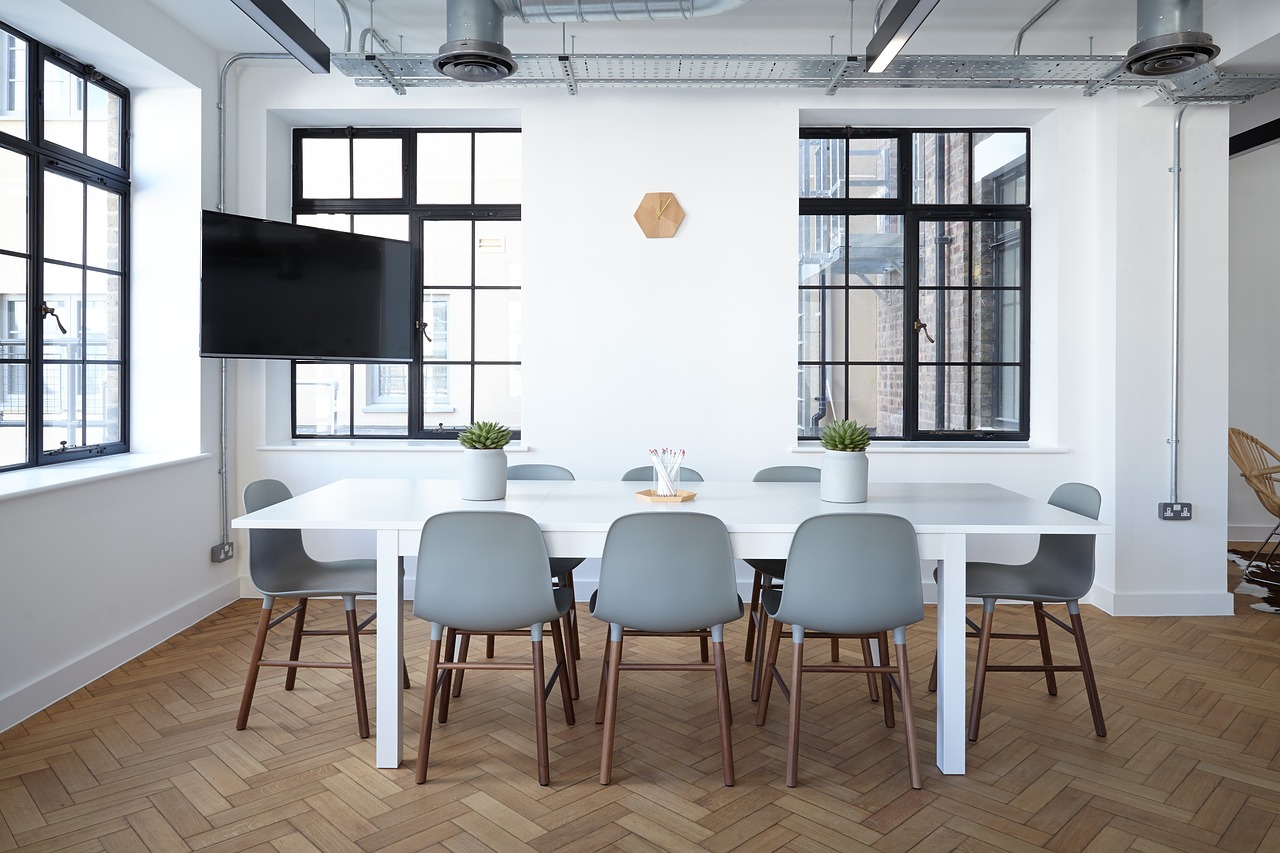There’s something very satisfying when “the latest technology” is actually old-school wisdom. There is a zen awareness to understanding that no thought belongs to us alone; all things are built on the creativity of others. Such is the operating philosophy of Ibuku luxury bamboo designs, the “Green Village” and the “Green School” in Sibang, Bali. What this collaboration brings is a demonstration of artistic ingenuity with “material” sustainability. These bamboo structures are no huts; they are multi-level, luxurious bamboo tree houses furnished with tropical elegance.
Linda Garland, founder of the Environmental Bamboo Foundation, inspired the dedication of John Hardy to initiate the “Green School” and forever swear off the use of wood or concrete as a building material. The construction of the Green School, in collaboration with artist Aldo Landwher and Jorge Stamm, German builder and bamboo specialist, led to new innovations, such as the “curvilinear concept” and “central basket-like towers” that provide support to the larger structures. John’s daughter, Elora Hardy, gave up her New York high-fashion design career to return to Bali as Creative Director of Ibuku and join her father and his wife, Cynthia, in construction of the Green Village and to provide support for the Green School, which teaches conventional subjects as well as permaculture style organic gardening and bamboo design. The school also offers workshops to the public on bamboo model making, joinery, and house construction. You can rent one of the buildings on airbnb.com and your children can attend what is likely the coolest youth camp on Earth.
But the main idea, whether done on a high-dollar or scaled down version, is that you can do it all, and do it with style, while saving threatened rainforests instead of destroying them, by sequestering carbon rather than emitting it, and with artistic creativity to rival the most famous designers and architects.
What makes bamboo so sustainable is that it is essentially a grass that can mature in 3-5 years. Species vary in wall diameter of the canes, color, and overall size, making it ideal for everything from strips for flooring to poles for structural support. It has a tensile strength equal to steel. It has always been a valuable building material in the tropics, but has been considered a “poor man’s timber” because its starchy cellular structure makes it susceptible to rot, insects, and mold. Even so, it has also been valued for its aesthetic beauty and as a symbol of resilience, bending to adversity and then rebounding.
Again, new age old school technology provides the fix. Soaking the bamboo in a boron solution alters the glucose so that it is insect and rot resistant. This boron solution is now also being used with some of the most expensive wood for construction of decks and beams in termite prone areas of the U.S. This is the fairly benign substance we have been using for years as 20 Mule Team Borax for laundry freshening and boric acid as an eye wash as well as to kill roaches and ants around the house. It’s toxicity to humans is similar to table salt, but not so for insects and mold.
The key to constructing a bamboo structure to last 25 years or more is to use the right variety for the specific purpose, harvest at the proper time, and treat it with solutions (boron, wax) that make it unpalatable to unwelcomed organisms.
With a collaboration of new age technology and old school wisdom, sometimes the simplest solution to age old problems is right in front of our eyes, if we can just see the thicket through the canes.






